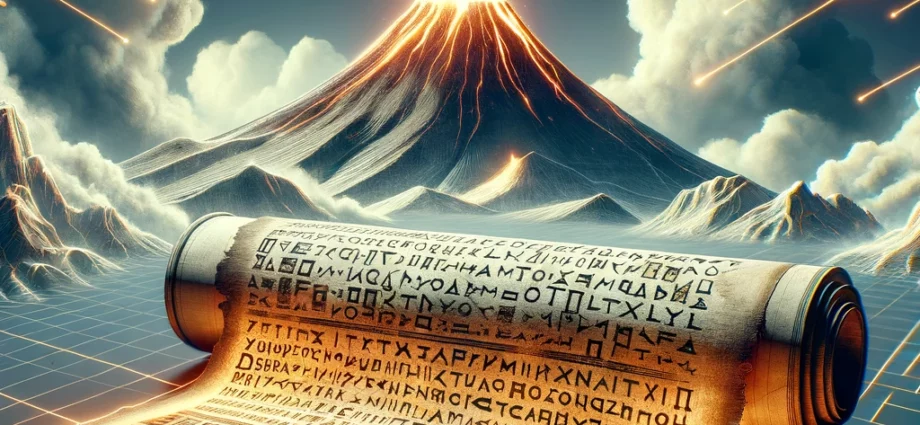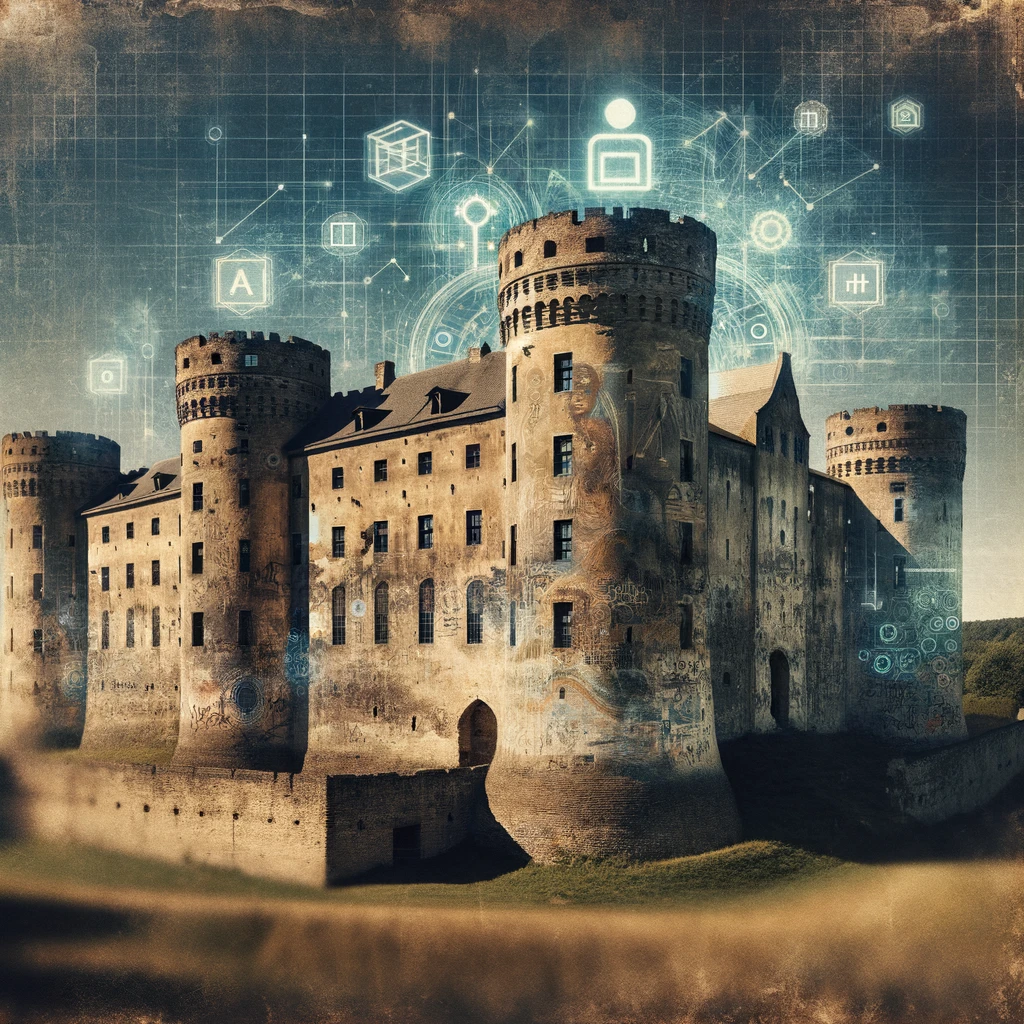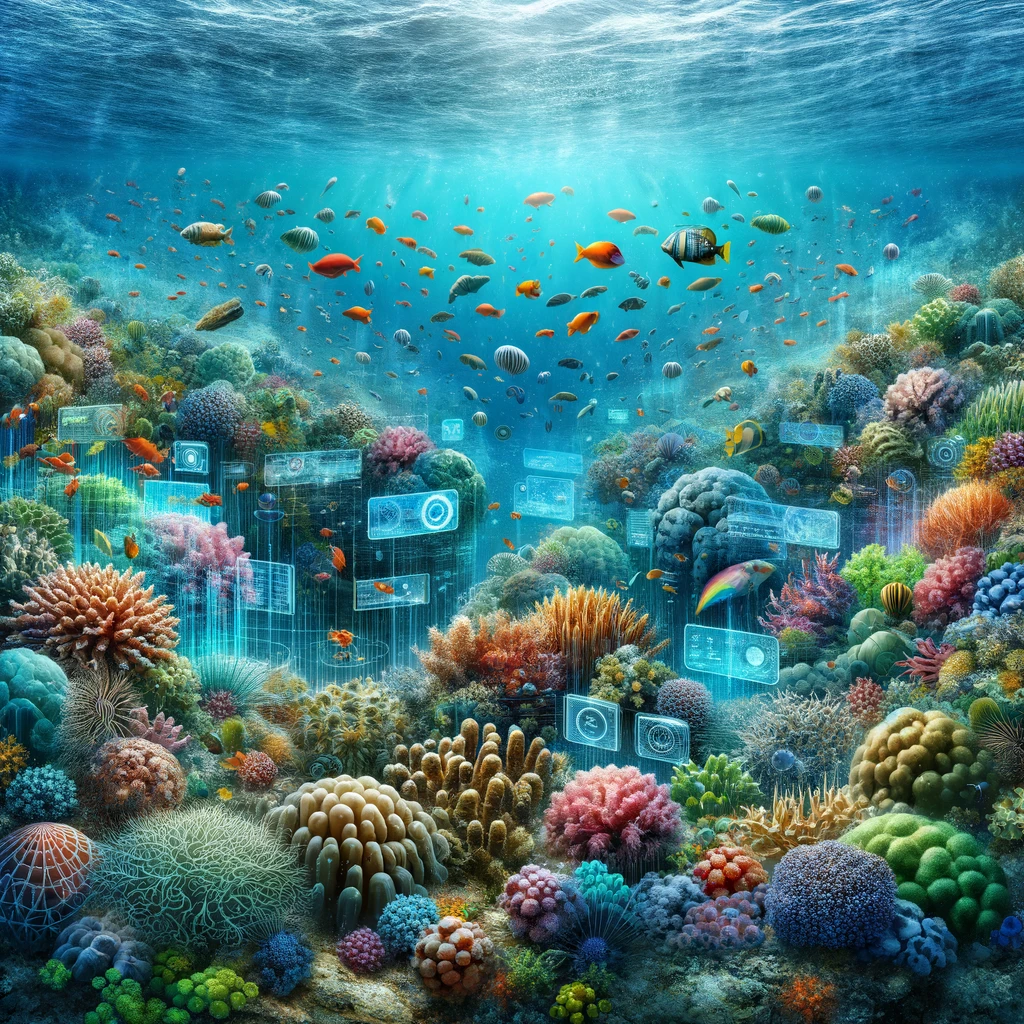Key Points:
- Historic Context: Mount Vesuvius’ eruption in 79 AD preserved the Villa dei Papiri’s library in Herculaneum, including rare texts.
- Preservation Paradox: The volcanic ash carbonized and preserved the scrolls, but made them unreadable.
- Technological Efforts: Past attempts with manual unrolling and CT scanners failed due to the scrolls’ fragility and the soot-based ink.
- AI to the Rescue: The Vesuvius Challenge, launched in 2023, leverages AI to digitally ‘unroll’ and decipher these ancient texts.
The eruption of Mount Vesuvius in 79 AD, a significant event in ancient history, resulted in an unexpected preservation of the Villa dei Papiri’s library at Herculaneum. Professor Robert Fowler highlights the unique conditions that led to the preservation of various texts, including works of Epicurus and Chrysippus.
Despite the scrolls’ survival, their carbonization rendered them nearly impossible to unroll without damage. Efforts in the 1700s led to significant disintegration, and even modern CT scanners couldn’t detect the soot-turned ink.
In 2023, a new approach emerged with the Vesuvius Challenge, aiming to utilize AI to reconstruct and read the texts. Contestants like Luke Farritor are using AI models to discern the ink from the carbonized papyrus, a significant breakthrough in digital archaeology.
Early successes in the Challenge have led to the discovery of Greek letters and words, offering a tantalizing glimpse into the past. The competition, integrating the skills of coders and historians, represents a promising intersection of technology and ancient history.
Source: Vesuvius Challenge: Can AI decipher these mysterious ancient scrolls?
Keep up to date on the latest AI news and tools by subscribing to our weekly newsletter, or following up on Twitter and Facebook.







